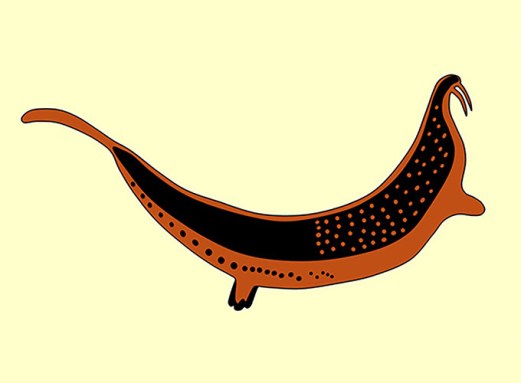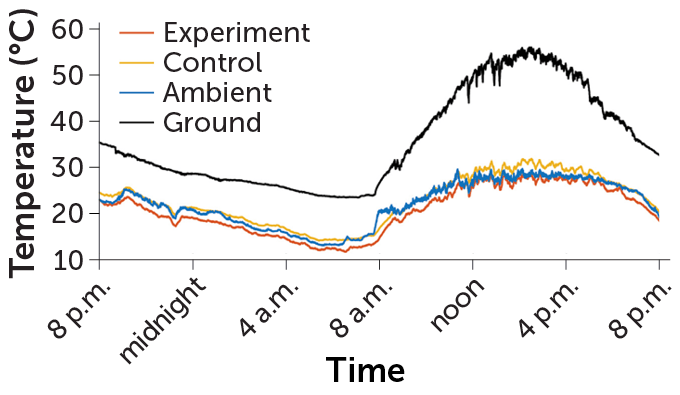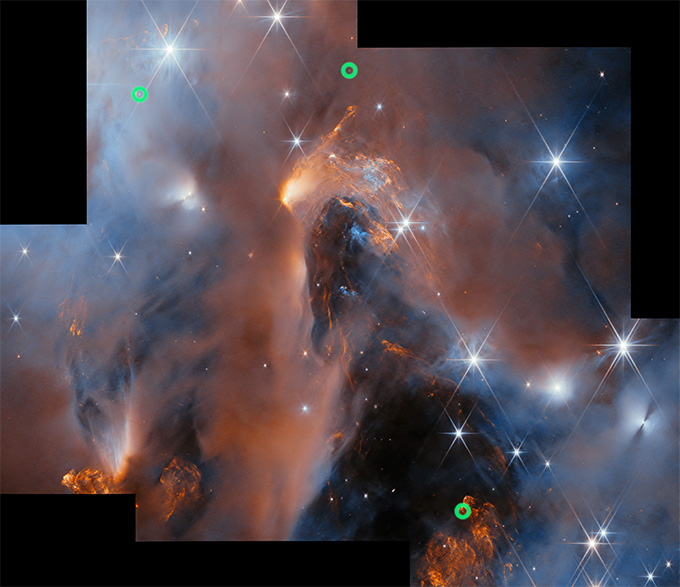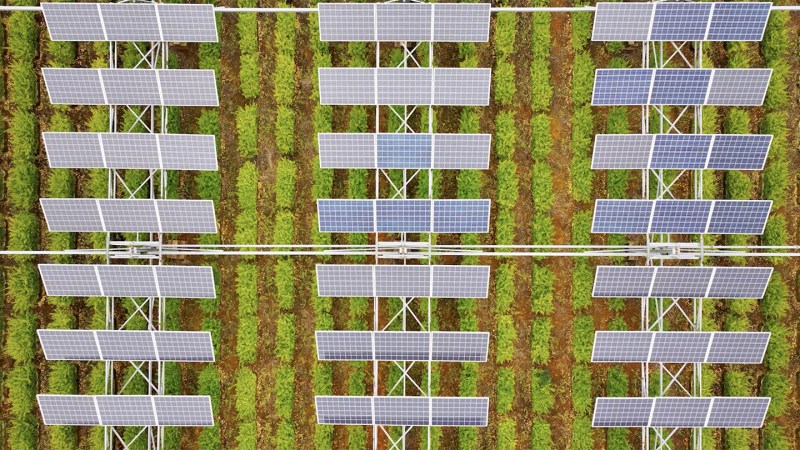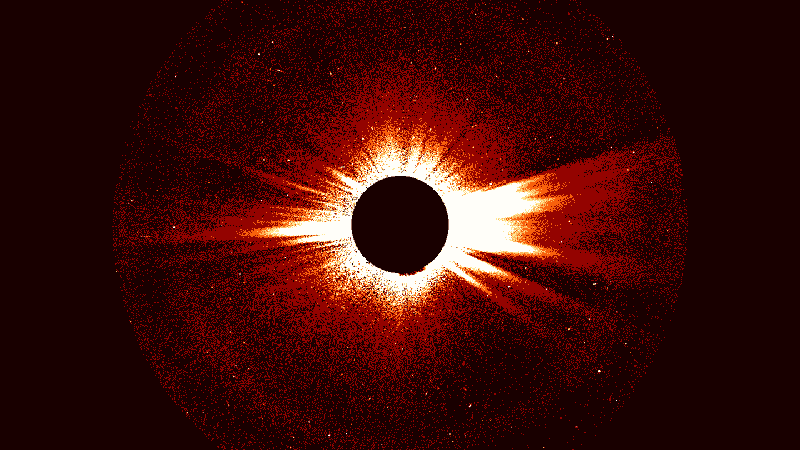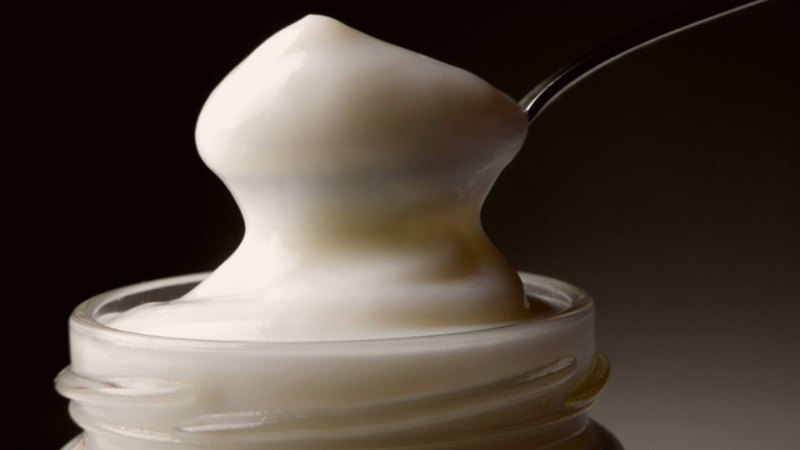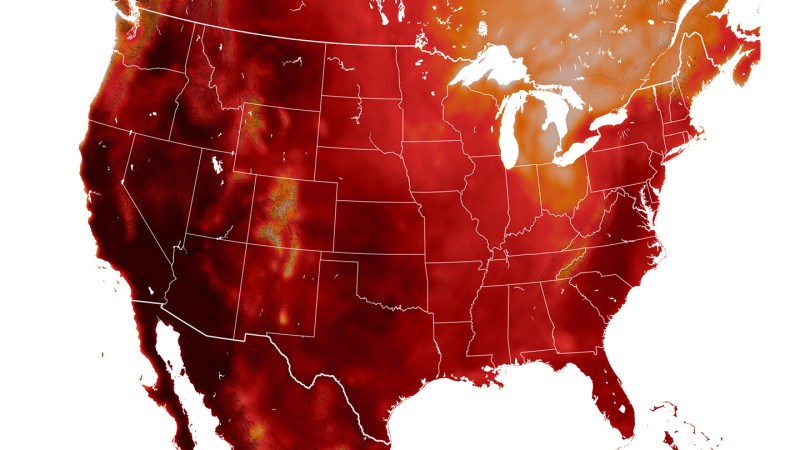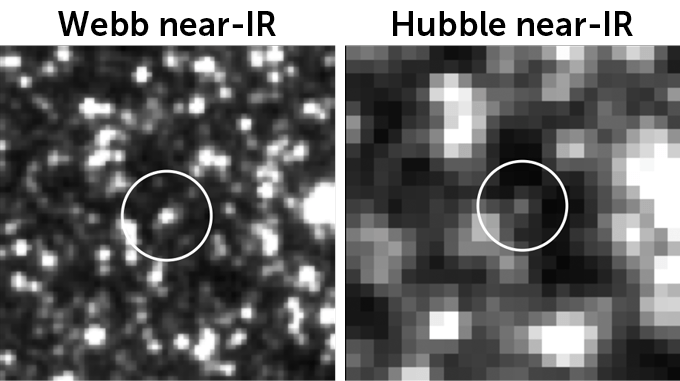The physics of paper cutting determines the most dangerous types of paper
Either way you look at it, paper cutting is painful. Magazines, papers and books harbor a devious potential for small self-inflicted agonies. But other types of paper – such as thin paper or the thicker ones used for postcards – are less likely to offend. Scientists have now explained the physics behind why certain cards … Read more

